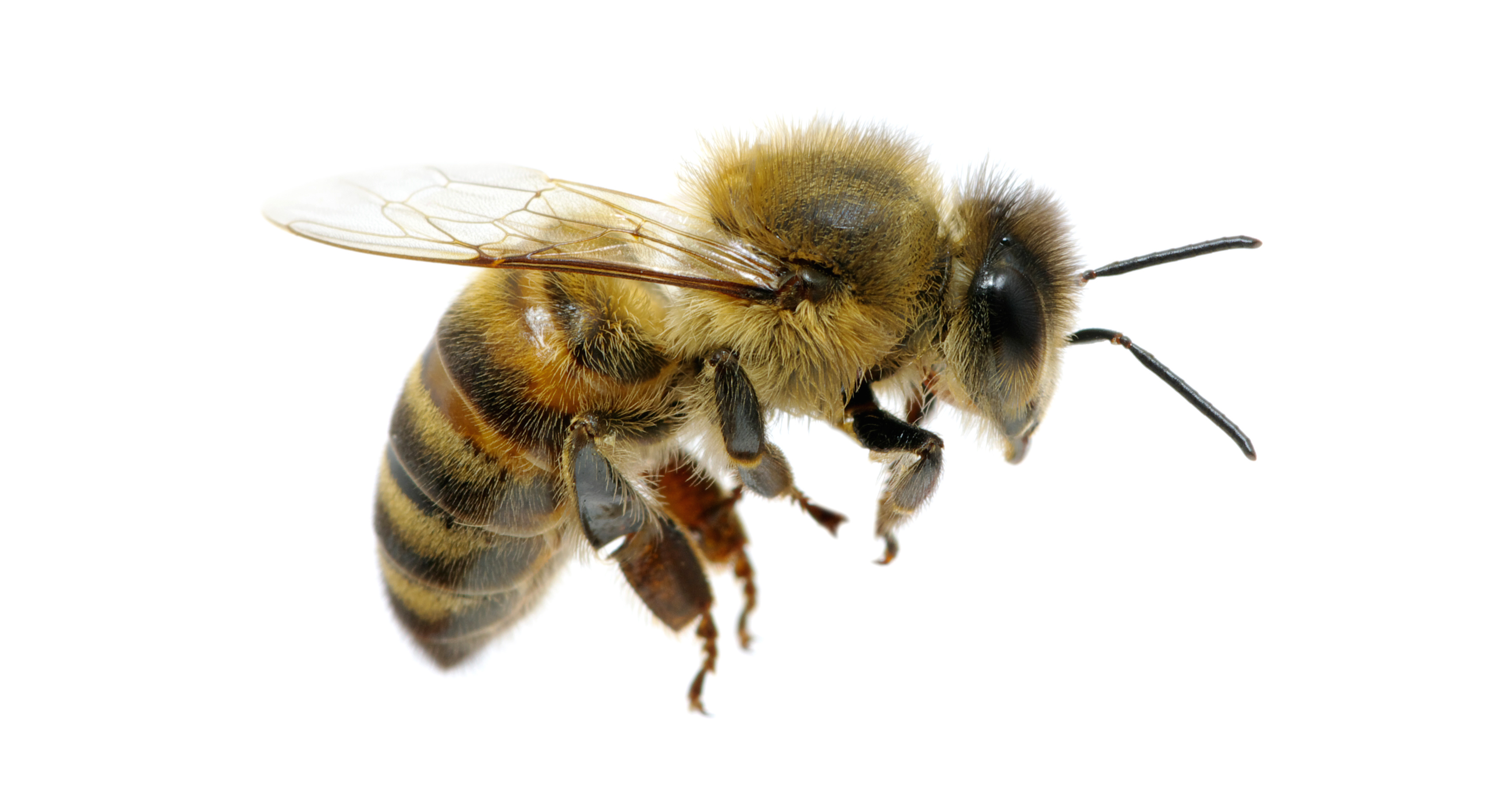
It’s well known that, in the complex dynamics of a bee hive or an ant nest, female workers sacrifice their capability to have offspring in order to help the queen (their mother) reproduce, and it’s only when the big mumma dies that another bee or ant steps up to become the royal mother, almost magically becoming fertile. The genetic mechanics behind this extraordinary system are poorly understood, but a group of Phd Students at the university of Sydney have just released findings that reveal how these workers are similar to a woman taking the contraceptive pill.
The altruistic behaviour of social animals—epitomised by worker bees, wasps, termites and ants, who all appear willing to put aside their chance to personally procreate in order to help the hive as a whole—was a conundrum that did Darwin’s head in, as it seemed to completely fly in the face of his theories about the driving forces of natural selection.

In the 1960s, brilliant biologist Bill Hamilton devised a mathematical model that showed how a ‘fitness cost’ gene can be spread throughout a community, which encourages individuals to compromise their own performance or safety if it benefits the prospects of other animals that share the same gene, i.e. relatives. So, in the case of the bees, they might not be able to produce their own kids, but they’re happy to help rear thousands of brothers and sisters, with whom they share genes, which is all good for the family.
This reasoning has been used to explain myriad animal behaviours ever since, from human and elephant parenting habits (aunts making sacrifices to help to bring up nieces and nephews) to meerkats and birds putting themselves at increased personal risk by standing guard while their family group eats or rests, and sounding an alert when a predator approaches—but it works particularly well for haplodiploid animals such as bees, where males can be produced from unfertilised eggs and carry 100% of their mother’s genes (yep, it’s complicated and freaky).
However, while that might describe the biology behind the behavioural instincts of such beasts, it doesn’t explain the temporary sterility of the female worker bees, which remained somewhat mysterious.
It was understood that, in a normal hive, the queen exudes a pheromone which stops female workers’ ovaries from functioning, and that when the queen dies and the pheromone is no longer present, the workers start producing and laying eggs (until a new queen is established). However, the new findings provide a genetic explanation for this process.
Working with bee keepers over a couple of decades, Benjamin Oldroyd chanced upon dysfunctional hives, where some worker bees were still reproducing despite the presence of a queen. Using DNA fingerprinting he isolated the fact that these mutant bees had the same father – which proved that the capability of workers to be reproductive (or not) was genetically based.
Using this knowledge, Oldroyd and his colleagues isolated a gene in the bees, which they called Anarchy, and observed how it responded to the presence of a queen and her pheromone. Effectively, it activated a programmed cell death regulator gene called Buffy (named, indeed, after Sarah Michelle Gellar’s vampire slaying character) causing the break down of cells and the death of the eggs in the workers.
So, just like a woman on the pill, in workers with the normal genes their fertility status is controlled by external forces (in this case the queen’s pheromone), and that situation can be quickly altered if circumstance change (like when her highness dies).
